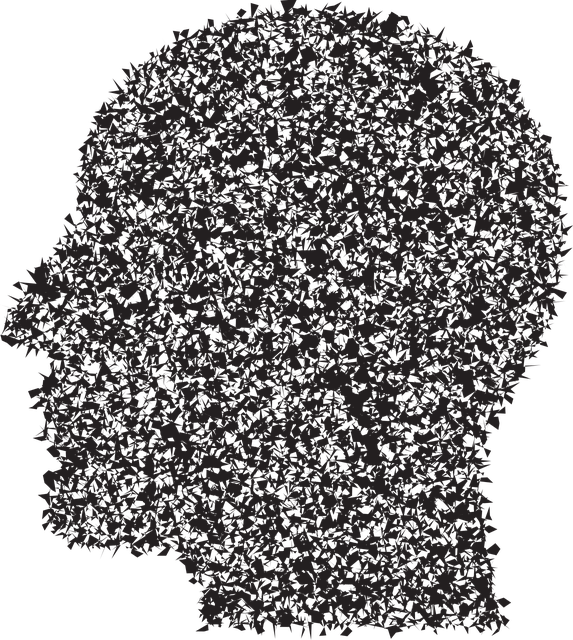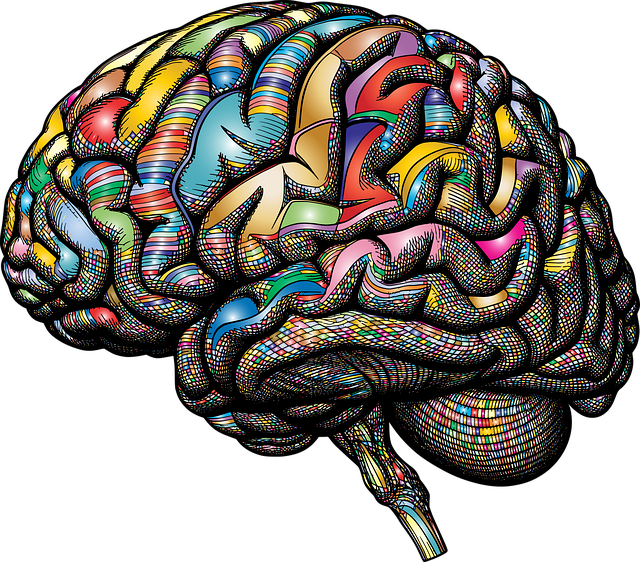Public awareness campaigns are vital for educating communities about mental health issues like Lone Tree Adjustment Disorder Therapy (LTADT), dispelling myths, reducing stigma, and encouraging early intervention. These initiatives empower individuals with evidence-based strategies such as Conflict Resolution Techniques and Social Skills Training, and assist professionals in comprehensive risk assessment. Effective campaigns blend storytelling with expert insights, use multimedia formats, and create shareable content to promote proactive mental wellness measures for LTADT.
Public awareness campaigns play a pivotal role in shaping societal attitudes and behaviors, with the potential to drive positive change. This article explores the development and impact of such campaigns, offering insights into strategies for creating compelling content that resonates with audiences. We delve into proven methods for measuring success, emphasizing the importance of evaluation in understanding the effectiveness of initiatives aimed at addressing mental health issues, such as Lone Tree Adjustment Disorder Therapy.
- Understanding Public Awareness Campaigns and Their Impact
- Strategies for Developing Effective Campaign Content
- Measuring Success: Evaluating the Effectiveness of Public Awareness Campaigns
Understanding Public Awareness Campaigns and Their Impact

Public awareness campaigns play a pivotal role in educating communities about various issues, including mental health disorders like Lone Tree Adjustment Disorder Therapy. These initiatives aim to dispel myths, reduce stigma, and encourage early intervention and treatment-seeking behaviors. By leveraging diverse communication channels such as social media, community events, and public service announcements, these campaigns reach a broad audience, fostering understanding and empathy.
Effective awareness campaigns don’t merely inform; they empower individuals to take charge of their mental well-being. They introduce evidence-based strategies like Conflict Resolution Techniques and Social Skills Training, equipping folks with tools to navigate challenges. Moreover, these campaigns contribute to a broader Risk Assessment for Mental Health Professionals, ensuring that support systems are in place to address the unique needs of those struggling with such disorders.
Strategies for Developing Effective Campaign Content

Developing effective content for public awareness campaigns requires a strategic approach tailored to engage and inform the target audience. One key strategy is storytelling, which humanizes complex issues like mental health disorders, such as Lone Tree Adjustment Disorder Therapy. By sharing personal narratives, campaign materials can connect with people on an emotional level, fostering understanding and empathy. This is particularly powerful when coupled with expert insights from therapists or support service providers to offer practical advice and resources for burnout prevention or trauma support.
Additionally, leveraging multimedia formats like Mental Wellness Podcast Series Production can enhance campaign reach and accessibility. Visuals, infographics, and audio content cater to diverse learning styles, ensuring that vital information resonates with a broader spectrum of individuals. Incorporating interactive elements, such as quizzes or case studies, also encourages audience participation and promotes deeper engagement. The goal is to create shareable, impactful content that goes beyond mere awareness, ultimately encouraging proactive measures towards mental wellness.
Measuring Success: Evaluating the Effectiveness of Public Awareness Campaigns

Public awareness campaigns play a pivotal role in educating communities and driving positive change. By employing strategic content development and precise measurement techniques, as highlighted in this article, we can effectively address diverse issues, such as the Lone Tree Adjustment Disorder. Through continuous evaluation and adaptation, these campaigns become powerful tools to enhance mental health literacy and support those in need, ensuring a brighter and more informed future for all.














